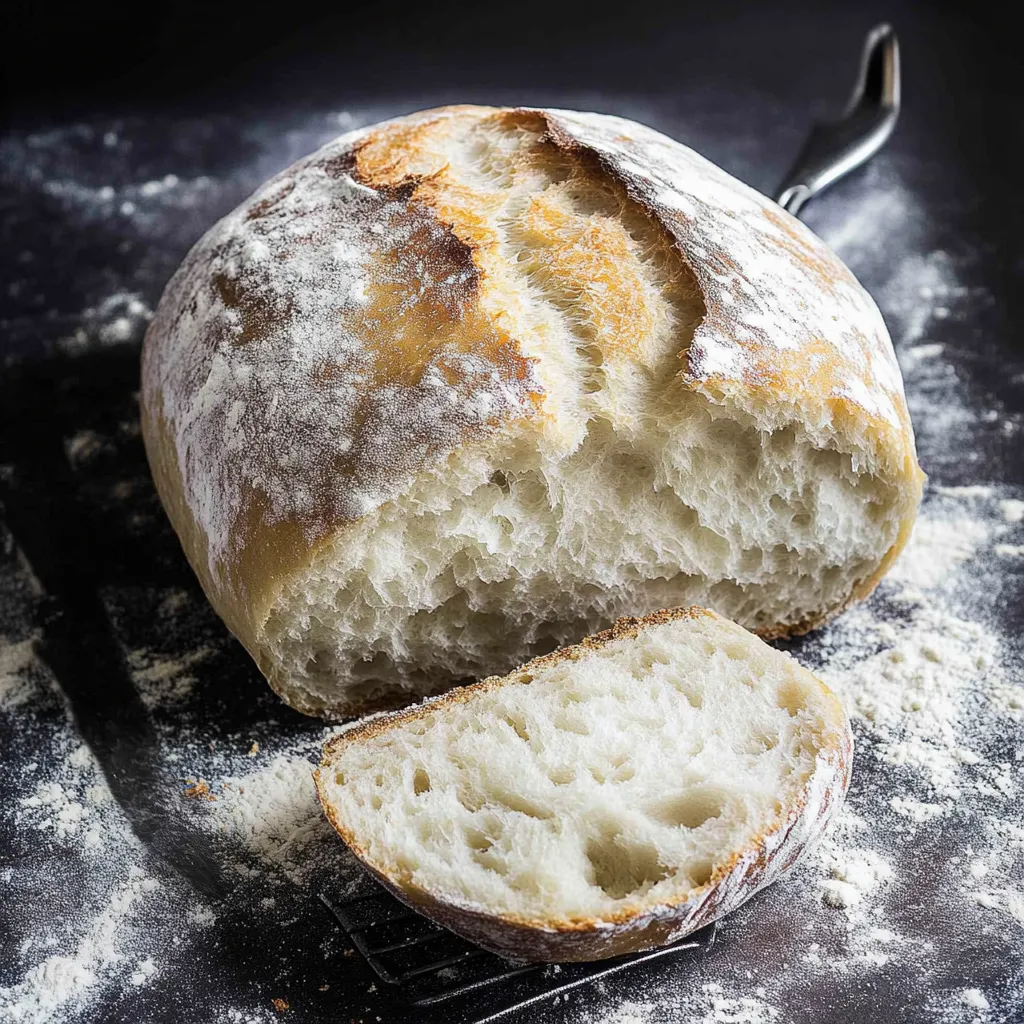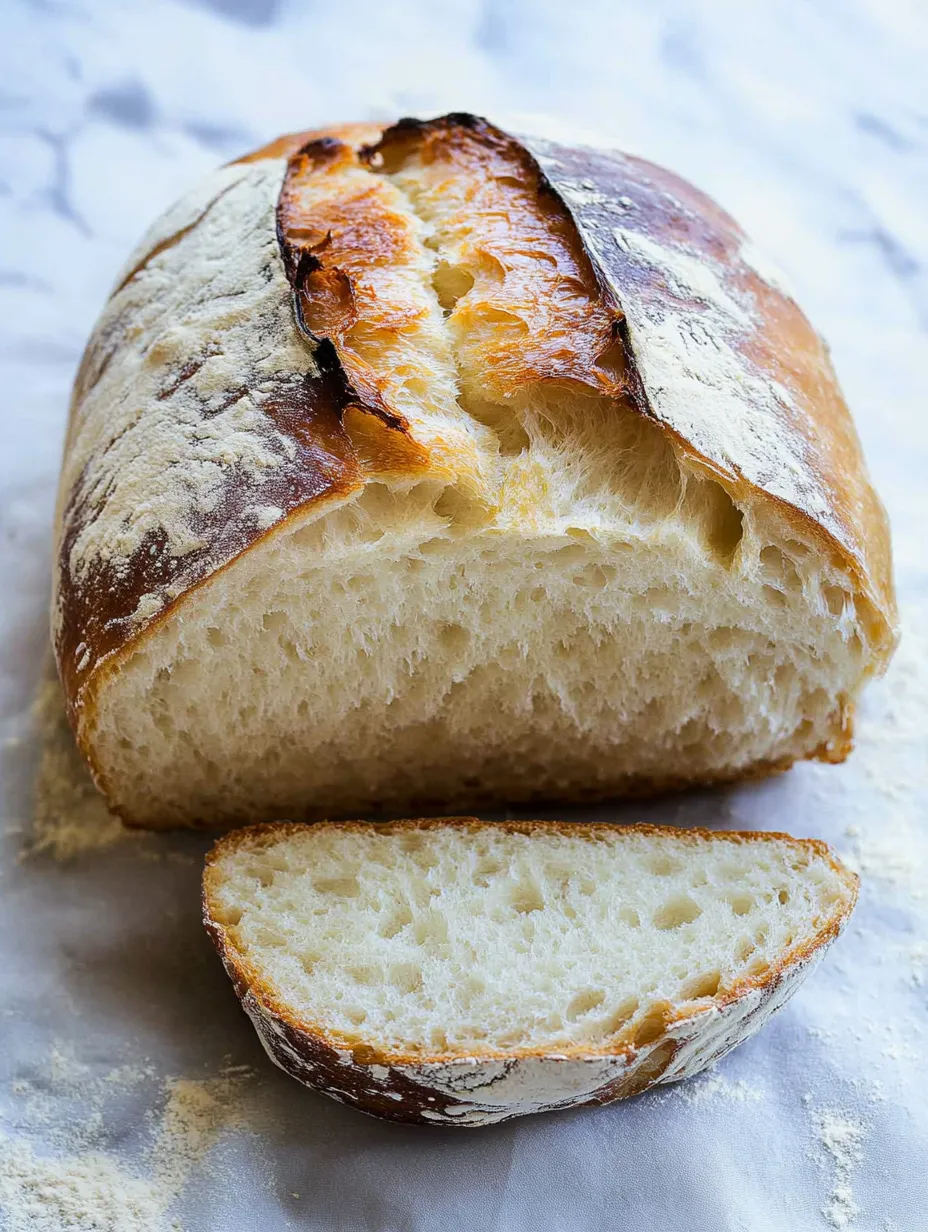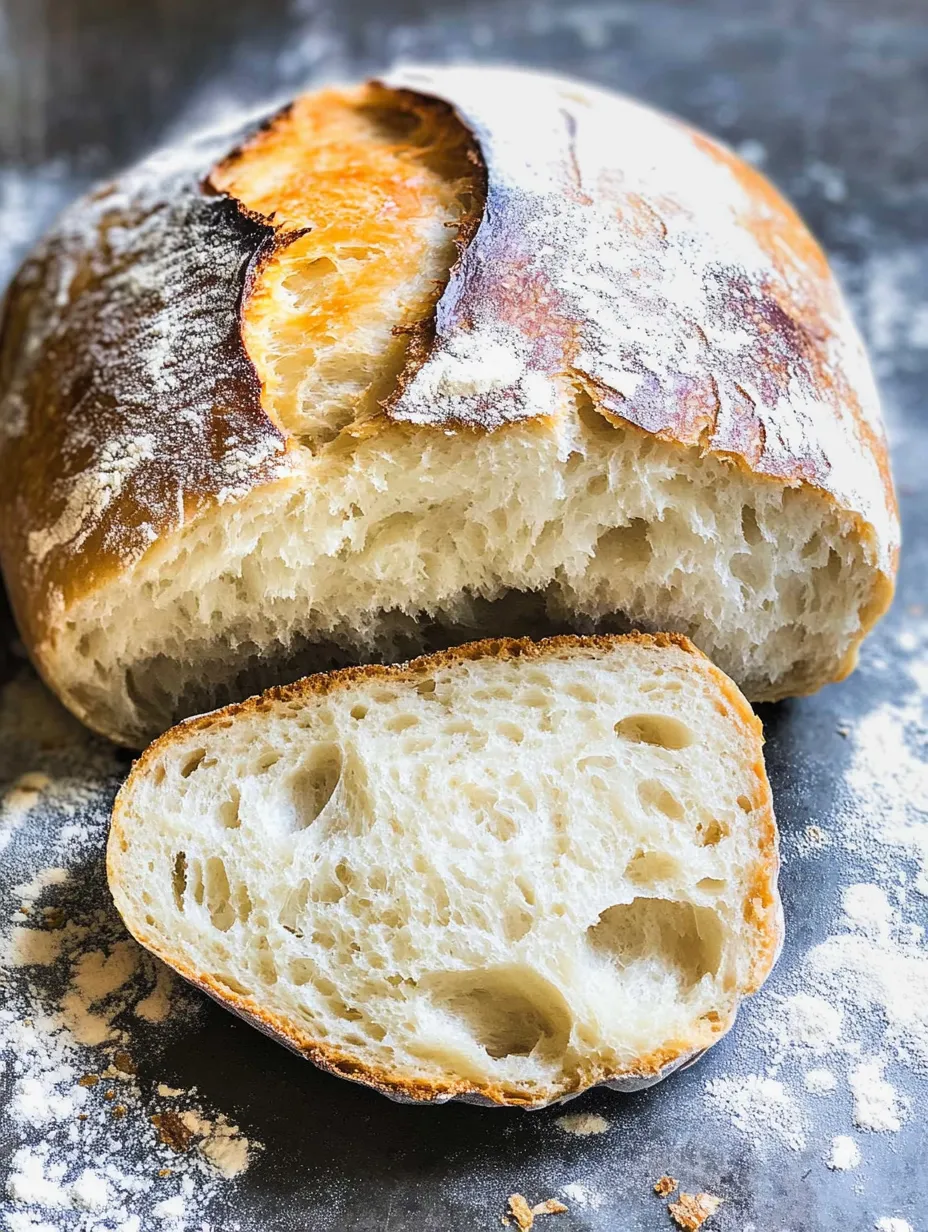 Pin
Pin
Turn ordinary kitchen staples into delicious, fresh-baked bread that sends wonderful smells through your home. This no-fuss method yields two beautiful loaves with soft insides and a crispy golden exterior. It's perfect for making sandwiches, morning toast, or just eating warm with a pat of butter – bringing that special homemade touch to your meals.
Throughout my time making bread, I've found that taking your time and using the right methods is what makes a great loaf. There's nothing like watching golden bread come out of your oven and knowing exactly what's in it.
Key Ingredients
All-purpose flour builds just the right texture
Instant yeast helps your bread rise consistently
Granulated sugar gives the yeast something to eat
 Pin
Pin
Warm milk makes your bread extra soft
Butter adds richness to the dough
Just-right water temperature wakes up the yeast
Bread-Making Steps
Warm your liquids to exactly 120-130°F.
Mix the first batch of flour with your dry stuff.
Keep adding flour until you get a nice dough ball.
Knead until the dough feels smooth and stretchy.
Shape into nice even loaves.
 Pin
Pin
Let the dough puff up to twice its size.
After baking so many loaves, I've learned that getting measurements right and watching temperatures carefully leads to bread that turns out great every time.
Tasty Serving Suggestions
Use your fresh bread to make awesome sandwiches or morning toast with butter and jam. Whip up some amazing French toast for weekend breakfasts, or grab a warm slice to go with your soup. When you want something special, spread some herb butter on it and toast it for quick garlic bread.
Mix It Up
Try different versions of this simple bread to match what you like. Add a bit of honey for sweetness, or mix in some rosemary and thyme for a savory twist. You can make it healthier by swapping some flour for whole wheat, or sprinkle oats on top for a nice look and extra crunch.
Keeping It Fresh
Your bread will stay good at room temperature for 2-3 days if you keep it in a bread bag or sealed container. Want it to last longer? Cool your loaves and wrap them in plastic and foil before freezing. You can even freeze single slices with parchment paper between them so they're easy to toast later.
Why Bake Your Own
This bread brings more than just good taste to your kitchen. One morning, the smell of it baking turned an ordinary breakfast into something we still talk about. When you make your own, you know exactly what's in it, which feels good while you're making memories.
How It Works
Knowing a bit about bread science helps you get it right. When you knead the dough, you're building its structure. Letting it rise long enough develops flavor. And baking at just the right heat makes that golden outside while making sure the inside is fully done.
Expert Advice
Get a kitchen thermometer to check your liquid temps
Tap the bottom of your loaf for that hollow sound when it's done
Wait for your bread to cool down before you slice it
 Pin
Pin
My experience with this white bread has grown from just making basic sandwich loaves to creating the starting point for countless family dinners. Just remember, good bread needs your attention to the little things, but biting into that fresh, homemade slice makes all the effort worth it.
Recipe Questions & Answers
- → What kind of yeast works best?
- Go with instant or rapid-rise yeast; skip active dry.
- → How should I store it?
- It’s good for 2-3 days or freeze it tightly wrapped.
- → How do I tell when it’s ready?
- Check for 190°F inside, plus light golden edges.
- → How much flour should I use?
- Start with 2 cups and slowly add until you reach 6 cups.
- → What’s the best way to measure flour?
- Spoon flour into the cup, then level it without packing it.
